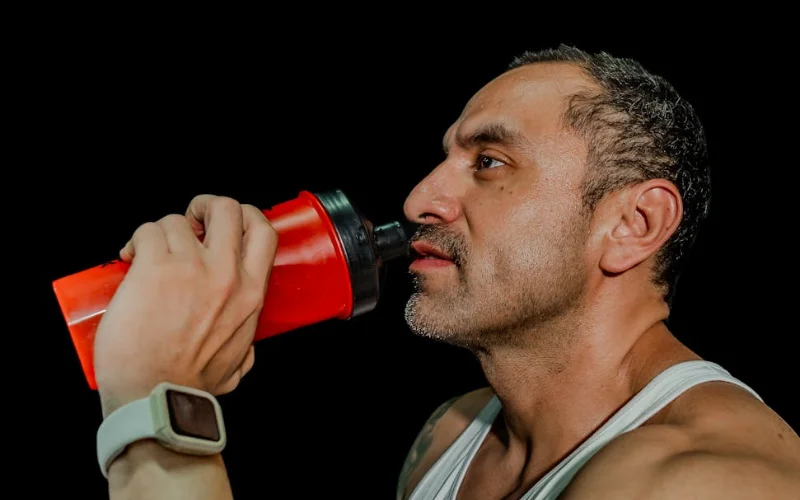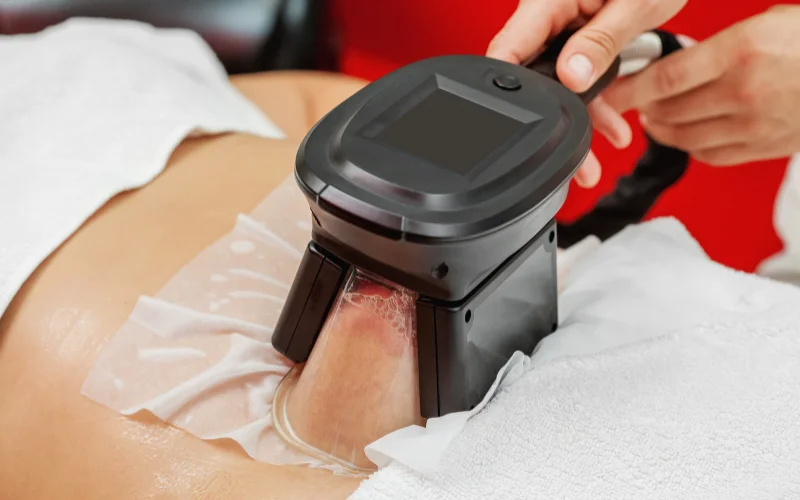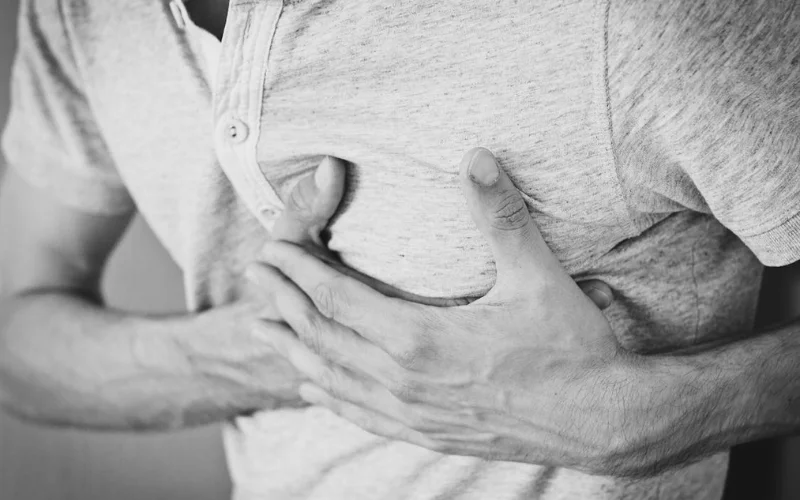A tummy tuck, or abdominoplasty, is a popular cosmetic procedure aimed at enhancing the appearance of the abdomen by removing excess skin and fat. While many patients achieve their desired results, some may encounter complications or unsatisfactory outcomes. Recognizing the signs of a bad tummy tuck early on is essential for addressing issues and ensuring optimal results. This article delves into common signs of a bad tummy tuck, factors contributing to poor outcomes, how to address a bad tummy tuck, and prevention tips.
Common Signs of a Bad Tummy Tuck
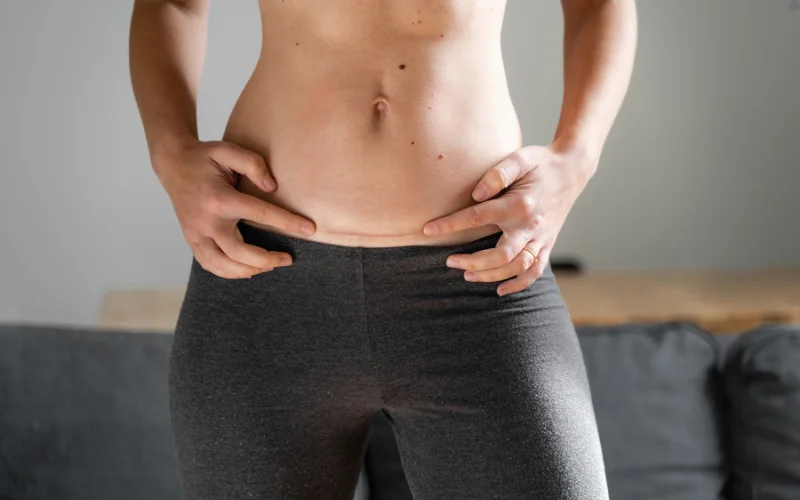
Identifying the signs of a bad tummy tuck is crucial for timely intervention. These signs can range from visible scarring to persistent pain and discomfort.
Visible Scarring
One of the most immediate indicators of a problematic tummy tuck is visible scarring. Scars that are highly visible, uneven, or raised above the skin surface can result from improper surgical techniques or inadequate post-operative care. Additionally, scars that have stretched and become wider over time indicate a poor outcome, often due to improper suturing or post-surgical activities that stress the incision site.
Asymmetry in the Abdomen
Asymmetry in the abdomen is another red flag. This can manifest as uneven contours, where one side of the abdomen looks different from the other, possibly due to uneven tissue removal or skin tightening. A misaligned belly button, which appears off-center or unnatural, can also indicate a problem, often resulting from improper repositioning during the procedure.
Excess Skin and Sagging
Excess skin remaining after the surgery, particularly around the lower abdomen, suggests that the surgery was not thorough. This can occur if the surgeon did not remove enough skin or if the patient had significant skin laxity. Similarly, sagging or drooping skin post-surgery indicates inadequate skin tightening or poor surgical technique.
Pain and Discomfort
Pain and discomfort that persist long after the surgery are concerning. Chronic pain may result from nerve damage or improper healing of the tissues, while numbness in areas of the abdomen can indicate nerve damage or ongoing inflammation.
Infection
Infection is a serious complication that can manifest as redness, swelling, and warmth around the incision site. These symptoms suggest that the surgical site was not properly sterilized or that post-operative care guidelines were not followed. Unusual discharge, such as pus or other fluids, is another indication of infection and should be addressed immediately.
Lumps and Bumps Under the Skin
The presence of lumps or bumps under the skin can be a sign of uneven fat removal or scar tissue formation. These irregularities can create a bumpy or uneven surface that detracts from the smooth, flat appearance that patients desire.
Tissue Necrosis and Skin Discoloration
Tissue necrosis, or the death of tissue, can occur if the blood supply to the skin is compromised during surgery. This can lead to areas of skin discoloration, dark patches, or even open sores. Prompt medical attention is required to address these issues and prevent further complications.
Restricted Mobility and Tightness
A tummy tuck should not significantly restrict movement or cause tightness that impedes daily activities. If patients experience difficulty bending, stretching, or engaging in normal activities due to tightness or discomfort, it may indicate an overly aggressive procedure or complications such as internal scarring. Incorporating specific therapy exercises can help improve flexibility and reduce tightness.
Factors Contributing to Poor Outcomes
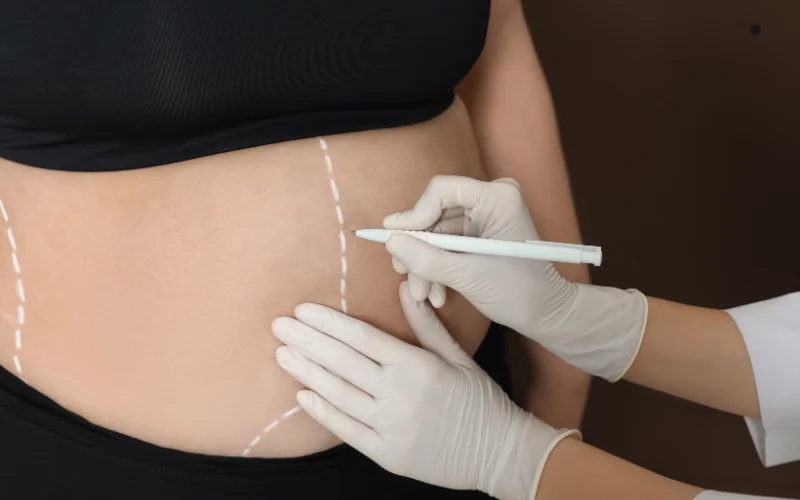
Several factors can contribute to poor outcomes in tummy tuck procedures, ranging from the surgeon’s expertise to the patient’s health and post-surgery care.
Surgeon’s Expertise
The expertise of the surgeon plays a significant role in the outcome of a tummy tuck. Surgeons with limited experience may not achieve optimal results, leading to complications such as uneven skin tightening, improper suturing, and poor scar formation. It is crucial to choose a board-certified plastic surgeon with extensive experience in tummy tucks to minimize risks.
Patient’s Health
The patient’s health also affects the surgery’s outcome. Pre-existing conditions like diabetes or autoimmune disorders can impair healing and increase the risk of complications. Smoking is another significant factor that impairs healing by reducing blood flow to the tissues, increasing the risk of infection and poor scar formation. Quitting smoking well before the surgery is highly recommended.
Post-Surgery Care
Post-surgery care is equally important in ensuring a successful outcome. Poor post-operative care can lead to infections and poor healing. Following the surgeon’s aftercare instructions meticulously is crucial for a successful recovery. Non-compliance with these instructions, such as engaging in strenuous activities too soon, can hinder recovery and lead to complications.
How to Address a Bad Tummy Tuck

If you suspect that your tummy tuck has not yielded the desired results, it is essential to take steps to address the issue promptly.
Consulting Your Surgeon
Consulting your surgeon is the first step in addressing a bad tummy tuck. Regular follow-up appointments are vital to monitor progress and address concerns. These appointments allow the surgeon to catch and address any issues early on. Discussing your concerns openly with your surgeon can help identify the root cause of the problem and determine the best course of action.
Seeking a Second Opinion
If you are not satisfied with your surgeon’s response or if the issues persist, seeking a second opinion from another board-certified plastic surgeon can provide additional insights. A second opinion can help confirm the diagnosis and offer alternative treatment options.
Considering Revision Surgery
In some cases, revision surgery may be necessary to correct the issues from the initial tummy tuck. Revision surgery aims to address complications such as visible scarring, asymmetry, and excess skin. It is essential to choose a highly experienced surgeon for revision surgery to ensure the best possible outcome.
Prevention Tips

Preventing a bad tummy tuck starts with thorough preparation and careful consideration of various factors.
Choosing the Right Surgeon
Selecting a board-certified plastic surgeon with extensive experience in tummy tucks is crucial. Research the surgeon’s credentials, read patient reviews, and ask for before-and-after photos of previous patients to assess their expertise.
Maintaining Good Health
Maintaining good health before and after the surgery can significantly impact the outcome. Follow a healthy diet, exercise regularly, and avoid smoking to promote optimal healing. Discuss any pre-existing medical conditions with your surgeon to ensure they are managed appropriately during the surgical process.
Following Post-Surgery Instructions
Adhering to your surgeon’s post-surgery instructions is vital for a successful recovery. Follow guidelines on wound care, activity restrictions, and follow-up appointments to minimize the risk of complications and promote proper healing.
Conclusion
Recognizing the signs of a bad tummy tuck and understanding the factors contributing to poor outcomes are essential for addressing and preventing complications. By choosing an experienced surgeon, maintaining good health, and following post-surgery care instructions, you can increase the likelihood of achieving your desired results. If issues arise, consult your surgeon promptly and consider seeking a second opinion or revision surgery if necessary.
FAQs
1. How long does it take to see the final results of a tummy tuck?
The final results of a tummy tuck can take several months to become fully apparent. Swelling and bruising may take a few weeks to subside, and the body continues to heal and adjust over several months.
2. Can a bad tummy tuck be fixed with non-surgical treatments?
In some cases, non-surgical treatments like laser therapy, ultrasound, or injectable fillers can improve the appearance of a bad tummy tuck. However, significant issues may require revision surgery for optimal results.
3. What should I do if I suspect my tummy tuck has gone wrong?
If you suspect your tummy tuck has gone wrong, consult a qualified plastic surgeon for an evaluation. They can assess your condition, identify any complications, and recommend the best course of action to address the issues.



